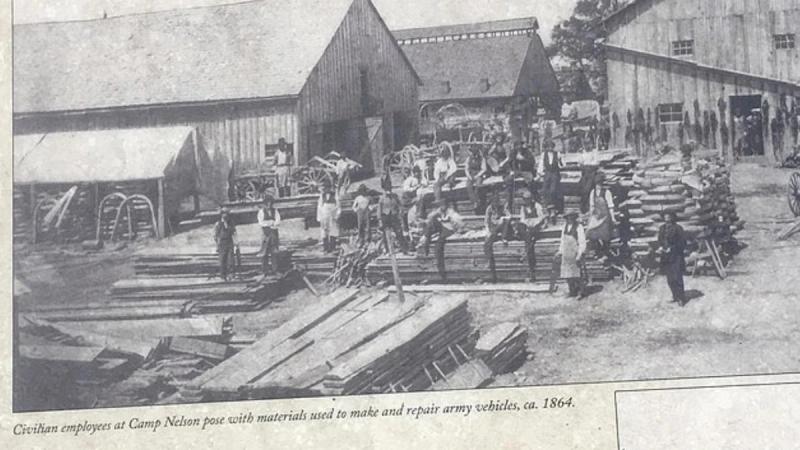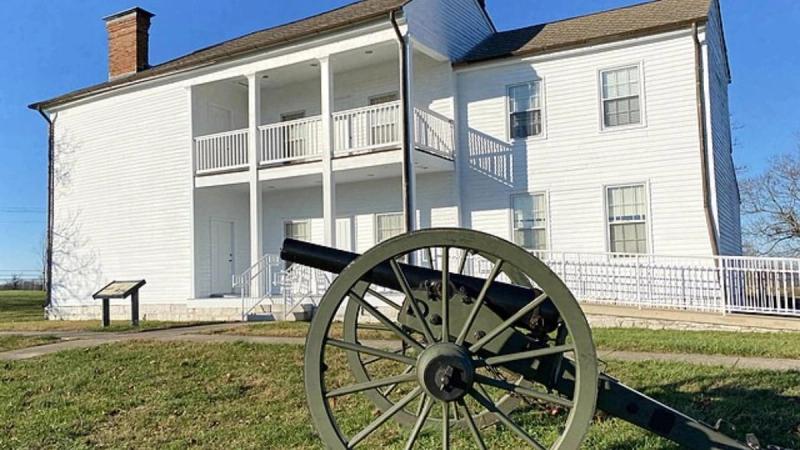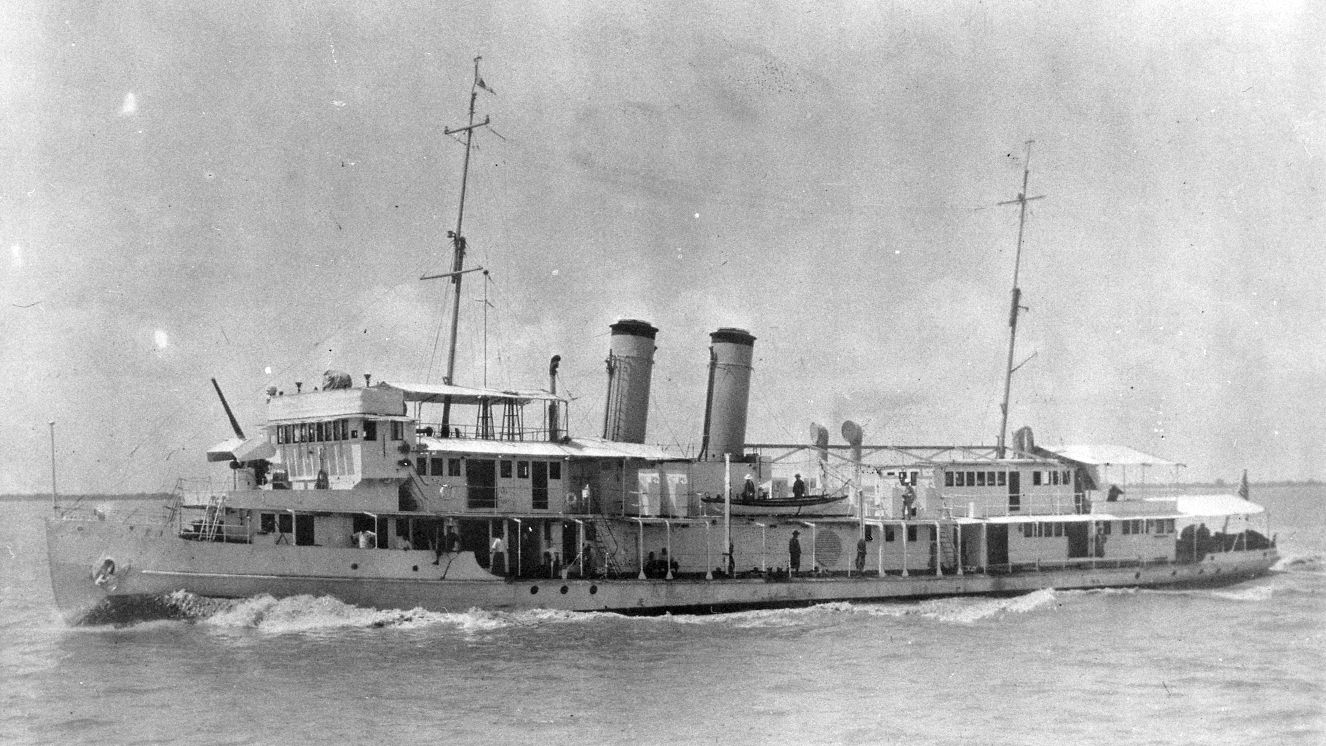CAMP NELSON: CIVIL WAR TRAINING GROUND FOR U.S. COLORED TROOPS

Camp Nelson serves as a good reminder of bravery, tenacity, and the struggle for liberty. It was once a thriving recruiting and training ground for the United States Colored Troops during the Civil War. There were a lot of sacrifices made during these times to fight for justice and equality that everyone should be aware of. This historic training camp influenced the country in many ways, showcasing tenacity, leadership, and the timeless value of defending human dignity.
Camp Nelson was founded in 1863 close to Nicholasville and was named for Union commander William "Bull" Nelson. The camp was first used as a massive supply store. Several Union military campaigns were fueled by the camp. It became the biggest Black Soldier recruitment site in Kentucky when the Union Army was finally authorized to enlist African American Soldiers. There, several African American Union military units received training.

Camp Nelson History: U.S. Colored Troops in the Civil War
For enslaved people in the state of Kentucky, the enlistment of African Americans for military service marked a turning point. The U.S. Army's Adjutant General, Brigadier General Lorenzo Thomas, was assigned to lead the Bureau of Colored Troops. This was established on May 22, 1863, to enlist Black men in states that were openly rebelling against the U.S.
Before the War Department approved the formation of United States Colored Troops (USCT) battalions in Kentucky, another year had gone by. Enslaved African Americans in Kentucky had the chance to gain their freedom by enlisting in the U.S. Army. Before the 13th Amendment was ratified in December 1865, slavery was still permitted in Kentucky.
In 1864, USCT units were recruited by the Army at Camp Nelson. Eight whole regiments with over 10,000 Soldiers were established by the end of the conflict. The 116th United States Colored Infantry (USCI) was the first Black infantry unit to be raised at Camp Nelson. The hiring process started on June 6 and ended on July 12, five weeks later.
On July 4, the 114th U.S. Colored Infantry, the unit's sister regiment, was organized in the camp and joined it. Later, the two regiments were moved to the front line to join the Army of the James in the siege operations in the Virginian cities of Petersburg and Richmond.
The 116th USCI took part in the capture of the Army of Northern Virginia at Appomattox Court House and the breakthrough at Petersburg in early April 1865. Following its desertion, the 114th USCI was among the first federal battalions to approach Richmond, the Confederate capital. Following the war, both regiments served as garrisons in Louisiana and Texas.

Camp Nelson National Monument Designation 2018
Camp Nelson in Kentucky was named a national monument by President Donald Trump in 2018. In the hopes of gaining their freedom and taking charge of their own lives both before and after the war, thousands of African Americans who were slaves risked their lives to get to this camp.
The location is still among the best-preserved landscapes and archeological sites related to the African American refugee experience and the recruitment camps of the U.S. Colored Troops during the Civil War. The National Park Service will now be in charge of 418 sites, including the historic camp.
Its designation as a National Monument will guarantee that the stories of the U.S. Colored Troops will be told to future generations. The camp tells the story of Americans who risked everything they had and everyone they loved to fight for their independence, the cause of liberty, and the maintenance of the Union.
The Antiquities Act helped in the camp's designation as a National Monument in recognition of African Americans' efforts during the Civil War and their sacrifices for this nation. Camp Nelson was the first national monument to be designated under President Trump. The designation was made after significant consultation with local private landowners and with input from the public and Congress.
Jessamine Local and the National Park Service have reached an agreement to establish guidelines for the monument's protection, preservation, promotion, and upkeep to facilitate a smooth transfer from local to federal ownership and management. For the first phase of the transfer, Jessamine County will continue to assist with operation and maintenance.
Read next:
- Operation Allies Welcome Is a Civilian Led Effort to Help Afghan Refugees
- How the Heart Mountain Internment Camp Started a WWII Revolution
- Discover Camp Century, a Real-Life Hoth Military Base from the Cold War
Sources:
BY ALLISON KIRSCHBAUM
Veteran, Military History & Culture Writer at VeteranLife
Navy Veteran
Allison Kirschbaum is a Navy Veteran and an experienced historian. She has seven years of experience creating compelling digital content across diverse industries, including Military, Defense, History, SaaS, MarTech, FinTech, financial services, insurance, and manufacturing. She brings this expertis...
Credentials
Expertise
Allison Kirschbaum is a Navy Veteran and an experienced historian. She has seven years of experience creating compelling digital content across diverse industries, including Military, Defense, History, SaaS, MarTech, FinTech, financial services, insurance, and manufacturing. She brings this expertis...



